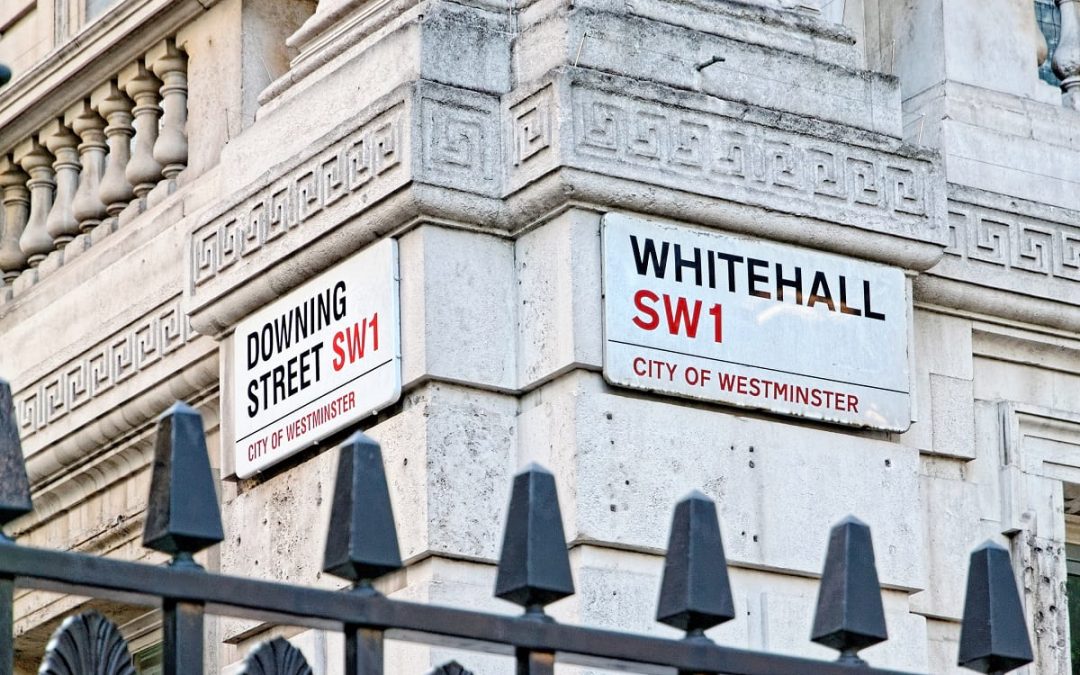9% to 10% of office furniture is bought by government. So using this buying power to encourage better solutions makes sense.
Good intentions: the government and remanufacturing
A remanufactured furniture item is one that has been built to the original specification – keeping the same quality as a new item – but using a combination of reused and repaired elements as well as new parts. It means that the durable parts of chairs or tables, such as steel frames, are saved from landfill and reused in new designs.
This means that as well as the cost savings, this ‘circular’ approach to office furniture has major social and sustainability benefits. In our experience at Rype Office, an office refit incorporating remanufacturing typically has a third of the environmental footprint of one using new furniture. It also creates local jobs here in the UK, with the attendant training and upskilling opportunities.
The government has admirable ambitions to cut waste and save money by reusing and remanufacturing office furniture for its departments instead of simply buying new.
Back in 2010, the Government Buying Standard (GBS) encouraged government departments to meet 5% of their furniture requirements through reuse, refurbishing and re-upholstering of existing stock. Then in 2014 the updated GBS made this explicit as a policy for best practice, stating:
“reuse and refurbishment should be deployed before any new furniture purchases and all new purchases of standard furniture should be refurbished furniture if that is available or from a core list of standard items designed to facilitate reuse and refurbishment” (Department for Environment, Food and Rural Affairs (DEFRA) – 2014).
DEFRA’s impact assessment estimated that if this approach was adopted by central government there would be a total net benefit of £40.7 million to the UK as a whole, over a 10 year period. As the GBS said in 2014:
The annual UK market for office furniture is estimated to be around £680 million of which 9- 10% is procured by government. The GBS can therefore help drive innovation to deliver longer lasting, more durable and environmentally friendly furniture that is more easily reused and remanufactured (DEFRA – 2014).
How is the government doing on remanufacturing?
In late 2018 we contacted DEFRA with a Freedom of Information request to find out if the government was implementing its ambitions for remanufacturing.
DEFRA told us that between 2012 and 2016 it collected information on whether government departments had a furniture reuse and refurbishment policy under the Greening Government Commitments. The 2015-2016 report states that 11 of 22 government departments had policies in place.
However, DEFRA does not hold specific information on the proportion of reuse or remanufactured furniture purchased either by its own procurement team or other government departments.
Therefore, there is no way of knowing if the government is meeting its own target to meet 5% of their furniture requirements through reuse and remanufacturing.
The opportunity – what can the government do next?
Today, the remanufacturing sector is well established in the UK, and more than capable of supplying the furniture needs of government departments at a fraction of the cost of new furniture – but our research suggests the government still has some distance to go to even meet its own previously set targets.
We suggest three practical steps it can take to achieve this:
1. Measure reuse and remanufacturing across departments
Our FOI request revealed that government departments are not tracking and recording the amount of furniture they reuse and remanufacture, compared to buying new.
Following the general maxim ‘what gets measured gets managed’, this would ensure that those responsible for procurement within departments were incentivised to prioritise remanufacturing. A simple league table could be established to demonstrate the commitment of departments, and this in turn would allow the government as a whole to demonstrate its commitment to a more sustainable future.
2. Include remanufactured furniture providers on approved suppliers lists
Approved suppliers lists make it easy for decision-makers to procure – avoiding the expense, time and paperwork of going to long form tender. Including remanufactured furniture providers on these lists therefore makes remanufactured furniture sourcing much easier for busy staff.
3. Develop an evaluation criteria which rewards circularity, social value and cost savings, while penalising waste
To ensure that circularity is effectively embedded within the public procurement, the criteria upon which projects are assessed needs to be reconsidered. We suggest asking tenderers to state:
- The percentage of furniture on projets to be remanufactured
- How waste furniture already in the building will be treated
- Whether furniture will come with a buy-back clause.
- The steps that they are taking to minimise greenhouse gas generation during the creation of office furniture.
The creation of social value should be another key consideration for government procurement services. Assessing suppliers on how their projects can offer employment opportunities for the long term unemployed and disabled in close proximity to the project would deliver a wide range of social benefits.

At Rype Office we have provided a complete office design and furnishing service for NHS Public Health Wales’ premises in both Cardiff and Swansea, incorporating remanufactured furniture and recycled flooring to deliver high quality workspaces that are sustainable and cost-effective.
We believe government departments in the rest of the UK can similarly benefit – and at the same time point the way to a cheaper, better and more sustainable future for office furniture.

